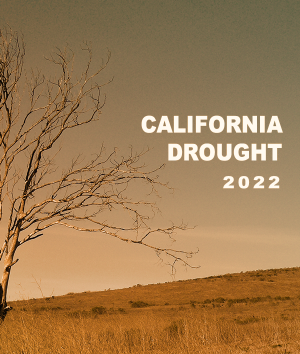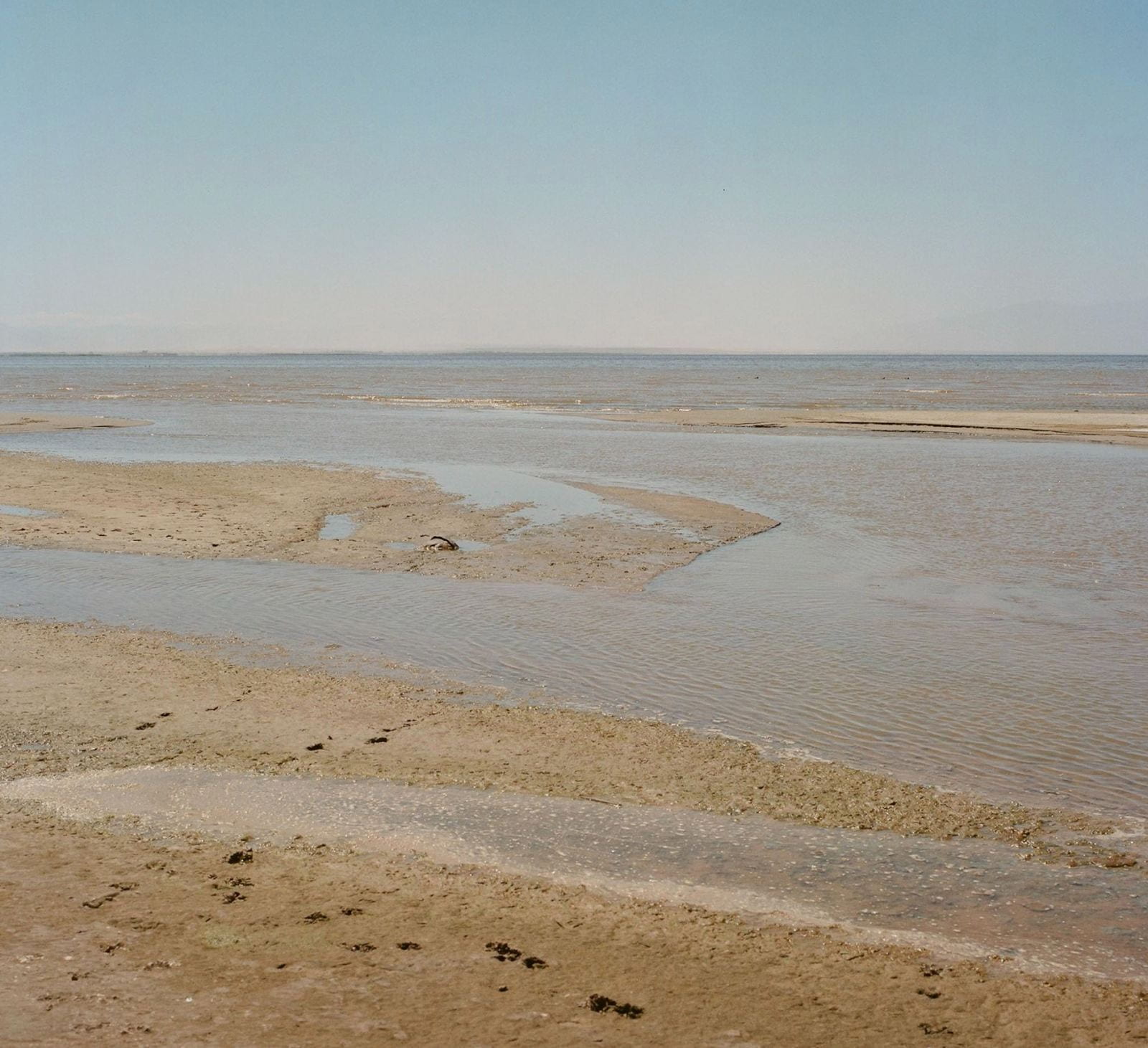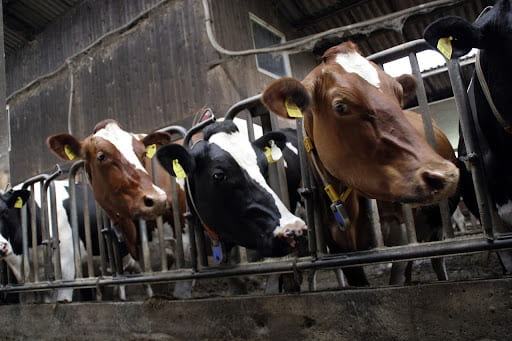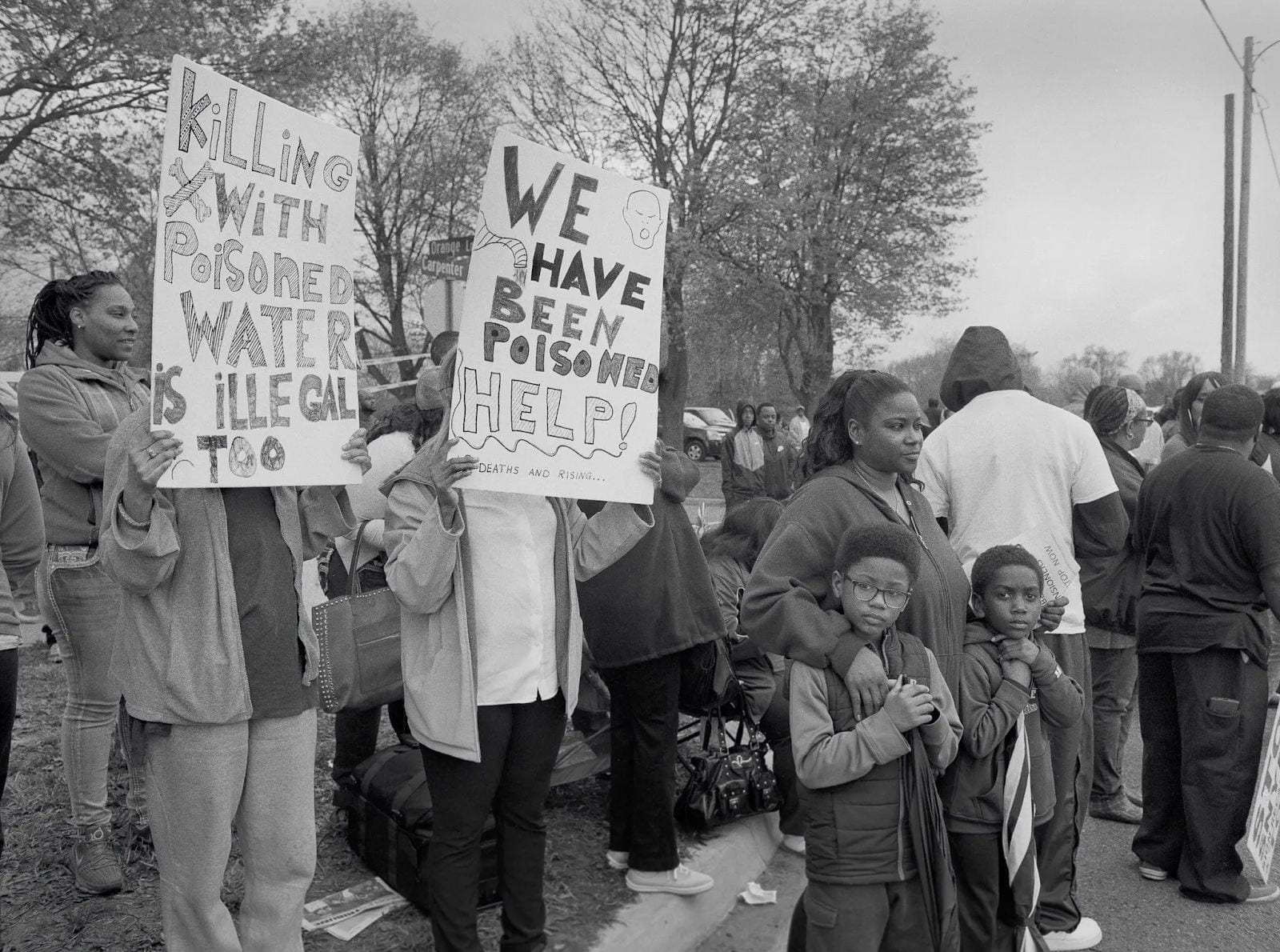California Drought 2022

Drought is described as a “prolonged period of abnormally low levels of precipitation,” where there are water supply shortages in the atmosphere, surface water, and groundwater (Pacific Institute). Not only does drought impact the environment, as it negatively affects the quantity and quality of water and puts fish and wildlife at risk of dying due to reduced water levels, but it also has extensive social and economic impacts. These impacts include a dramatic drop in hydroelectric production, leading to increases in electricity prices and more reliance on polluting fossil fuels, farmers having to adapt to limited water availability to continue production, and elevated risk of running out of water for rural and disadvantaged communities that depend on a single water source (Pacific Institute).
While drought can happen anywhere, some areas are more drought prone than others, especially here in California. Droughts are a recurring feature in California’s climate. However, due to climate change, they are becoming increasingly more severe. Before 2021, California’s 2012-2016 drought was said to have been the most significant and extreme, “with record-high temperatures and record-low levels of snowpack and precipitation” (Pacific Institute). Drought conditions, on top of California’s already dry weather conditions, also contribute greatly to the fire season, where in 2020, 4.3 million acres of land was burned and at least $10 billion of property was destroyed (Pacific Institute). In response to these impacts, the state of California has made efforts to reduce water use so as to not contribute to worsening drought conditions. In 2020, Governor Gavin Newsom asked Californians to voluntarily reduce water use by fifteen percent and California’s State Water Board has been implementing restrictions on water rights based on priority (California Water Boards). While Newsom’s call to action is voluntary, not complying with water restrictions can result in penalties.
Only a few years after the 2012-2016 drought ended, California once again finds itself in another drought, which began in 2020, this time even more extreme. Unfortunately, statewide conservation efforts have remained well short of Newsom’s fifteen percent reduction goal, where cumulative savings since July 2021 have only been a mere 2.7% (Alexander). Although there was some hope in June 2022, where water consumption dropped 7.6% compared to June 2020, the four prior months actually had increases in water use in the double digits (Alexander). California has been experiencing an extremely dry past few years, raising concern for stressed ecosystems, depleted reservoirs, struggling farms and rural communities, potential for threatening wildfires, and threats to urban water supplies. This current drought is only in its third year and has been comparable to the worst years of the 2012-2016 drought. Historically, droughts can last up to six years, so we need to be prepared and plan on these conditions to continue.
Looking closer to USF, the San Francisco Bay Area is currently experiencing severe drought, with 37% of normal precipitation, a longer fire season, stressed trees, decreased river flow, and low reservoir levels (Tinker). Furthermore, the San Francisco Public Utilities Commission (SFPUC) reports that we are in a stage two water shortage, where reservoir water levels from Hetch Hetchy and Cherry Valley are trending downward, and water system production from Hetch Hetchy, Alameda and Peninsula watersheds is down at least twenty percent (Jung, et al.). SFPUC is asking residents and businesses for a voluntary five percent reduction in water use and has implemented a temporary drought surcharge since April 2022 to combat the drought, seeing some success. In June, the SF Bay Area generally had the highest level of savings in the state of California, where water use was reduced by 5.7% (Alexander). However, there is much more that we can do.
First, it is crucial to comply with water restrictions. After that, our small changes can make a big difference. From fixing leaks promptly to taking advantage of free water conservation resources to reducing consumption of foods with a high water footprint, our small efforts combined can help further reduce our water use. California’s current situation may seem overwhelming, depressing, and make it feel like there is not much that can be done, but our generation has the power to make change and set an example for others to follow. Start by choosing a reusable water bottle and use water fountains over bottled water (which are water intensive to produce), reducing time in the shower, washing only full loads of laundry, and reporting any leaks or situations of water waste. It may seem daunting, but it is very much possible for us to make change and stay accountable.
WORKS CITED
Alexander, Kurtis. “California Drought: Water Conservation Is down as Summer Arrives.” San Francisco Chronicle, SF Chronicle, 3 Aug. 2022, www.sfchronicle.com/climate/article/California-drought-Summer-is-crucial-time-for-17345978.php.
California Water Boards. “Drought | California State Water Resources Control Board.” Drought Information and Updates, www.waterboards.ca.gov/drought. Accessed 15 Aug. 2022.
Jung, Yoohyun, et al. “Drought Map: Track Water Shortages and Restrictions across the Bay Area.” The San Francisco Chronicle, 9 Aug. 2022, www.sfchronicle.com/projects/drought-map-water-restrictions-bay-area.
Pacific Institute. “California Drought Conditions and Impacts.” California Drought, Pacific Institute, www.californiadrought.org. Accessed 15 Aug. 2022.
Tinker, Richard. “California.” U.S. Drought Monitor, National Drought Mitigation Center, 9 Aug. 2022, droughtmonitor.unl.edu/CurrentMap/StateDroughtMonitor.aspx?CA.


